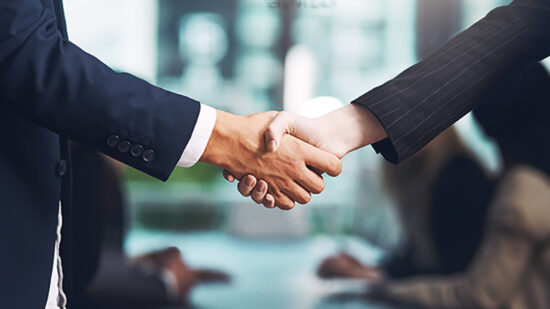With the word ‘unprecedented’ being spoken at, well, such unprecedented levels that it’s completely lost its impact, are we all just getting a bit complacent about the real dangers of close to zero-level interest rates and quantitative easing?
The warning signs have been coming through loud and clear this month. Negative-yielding bonds have become a reality, while a consequence is over-leveraging – Morgan Stanley estimates US corporates’ collective debt at a record 2.44 times their collective earnings. And remember, it was over leveraging that got us into this mess the first place.
“Leverage has increased by a material amount in each of the past five quarters, and is now at an all-time high for our universe, just barely surpassing the prior peak in the first quarter of 2002,” says Morgan Stanley analyst Adam Richmond.
“The fact that leverage is this high while the economy is still expanding means it will likely peak in this cycle at a much higher level than in the past when a downturn finally hits and earnings drop more broadly.”
James Spence, managing partner at Cerno Capital, comments: “I would argue that the unintended secondary consequences, the distorting affects, of zero interest rates and QE are creeping towards us.”
“It’s beginning to become clear from the data that we look at that US companies in particular are beginning to overleverage and they are buying back their own shares to prop up their share prices.
“Here’s an example of something that started off as balance sheet optimisation turning into straight out financial engineering. Companies that have been run fairly conservatively for a long time, in the past few years have begun to build up quite big debt levels. But the interest rate burden is barely visible because interest rates are so low.”
For Spence, central banks are increasingly in the game of “making their own myths”, while at the same time “defanging” the economic cycle.
He adds: “Exceptional monetary techniques to head off the deflationary threats were completely valid [during the peak of the financial crisis], but the continued application of this seven or eight years down the track is very hard to back as an argument.
“There is a growth deficiency in the world that is structural not cyclical, and everybody looks around the room to see who is going to do something and it falls to central banks to do the lifting.”
The problem is that few now trust policy makers to support us in starving off deflationary and recessionary forces ahead.








